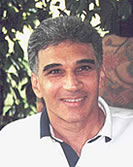One of my favorite word combinations is "paradigm shift." A paradigm is an example, pattern or model. When you have a paradigm shift you shift your reality in a certain pattern or model, dramatically changing what you formerly believed to be true. Many times a paradigm shift occurs when theoretical knowledge does not agree with application and experience.
Years ago I had a paradigm shift in tennis. When I began teaching, I held preconceived ideas about learning and playing tennis that were based on traditional and accepted truths. Often, as I stood on the court giving lessons, I wondered "Why am I teaching my student this technique when I do not do it myself?" If I am playing a free-flowing, automatic, instinctive game, why am I teaching a rigid, robotic type of game with all this emphasis on technique? But I dismissed that doubt and kept teaching, figuring this is the way it is supposed to be done. I'm the pro, I reasoned. My students cannot do what I can, at least not yet.
Then the next haunting dilemma popped into my mind. At what point do my students abandon this so-called correct way and begin playing the way I was playing? Exactly when will they be "ready" to play freely? Unable to come up with an answer, I began questioning the conventional wisdom and experimenting on my own.
I remember one of my first breakthroughs. When my student hit a groundstroke and stumbled off balance I would usually say, "Try to stay still and balanced after the shot." Of course, when I played I didn't stay still and balanced. Instead I recovered to be ready for the next shot by jumping off the ground if necessary. This prompted me to experiment with my students. I had a hunch that if I said nothing when my students fell off balance, eventually their balance would improve by itself.
Week after week I said nothing and watched, with growing astonishment, as my students slowly went from stumbling all over the place to a more controlled recovery. The very thing I tried to force them to learn was happening automatically through sheer repetition. Their body, being consistently challenged, was discovering its own balance.
It seemed like a miraculous breakthrough at the time, but I soon realized that this follows exactly the same principle as learning to ride a bicycle. You simply fall off balance over and over again until your balance improves and you learn to ride. You do not learn to ride a bicycle by trying to stay still and balanced in one spot. In fact, it's funny to even think about it. Tennis is also a moving game. You do not efficiently learn balance by standing in one spot. From day one, you must allow yourself to fall off balance and practice recovering until your balance improves. It works!
After this realization, I began challenging many of my conventional teaching methods and replacing them with more automatic, instinctive techniques that are the signature of a champion. My website, books, audio downloads and newsletters are all a result of that paradigm shift. With this column I want to encourage you to keep experimenting, explore new options and have your own paradigm shift. Many of you are already beginning to have this shift.
Tennis is a magnificent game that anyone can play in an automatic, instinctive mode. Of course, this does not mean I am recommending sloppy tennis or the abandonment of all technique. Yes, learn some correct procedures, but also learn to let go mentally and play without overanalyzing every technical failure. Learn to play more automatically with the game you possess on any given day, even if it is not technically correct according to conventional wisdom. Try to break out of that confined box that conventional methods stuff you into. Reject the mentality that tends to make perfect conventional techniques the reason why you win.
Psssst, here's a secret... world-class pros don't follow the conventional paradigm either. If a pro were to take a conventional lesson, he or she would be deemed incorrect in just about everything he or she does! Can't you just hear a conventional lesson given to a top pro: "You know, you have a few problems. Here is a list of some of them:
- You jump off the ground on most of your shots.
- You swing upward instead of outward.
- You hit entirely too much with an open stance.
- Your racket preparation is much too late.
- You are not staying still and balanced on each shot.
- You are definitely not staying down through the stroke.
- You are hitting too many times with your body weight moving backward.
- Your knees are not always bent.
- Your racket head drops below your wrist too many times.
- And you are rolling your wrist on your groundstrokes just about every time.
In short, you're a mess! I think you need about ten hours of lessons a week for the next year to straighten all of this out."
To which Roger Federer would likely respond, "But I've won 20 Grand Slams!"


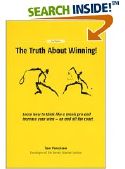
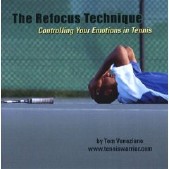
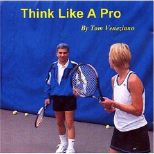
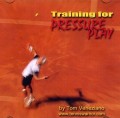



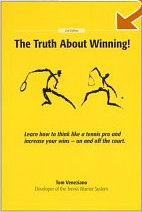
 You will join 13,000 other subscribers in receiving news of updates to the Tennis Server along with monthly tennis tips from tennis pro Tom Veneziano.
You will join 13,000 other subscribers in receiving news of updates to the Tennis Server along with monthly tennis tips from tennis pro Tom Veneziano. 